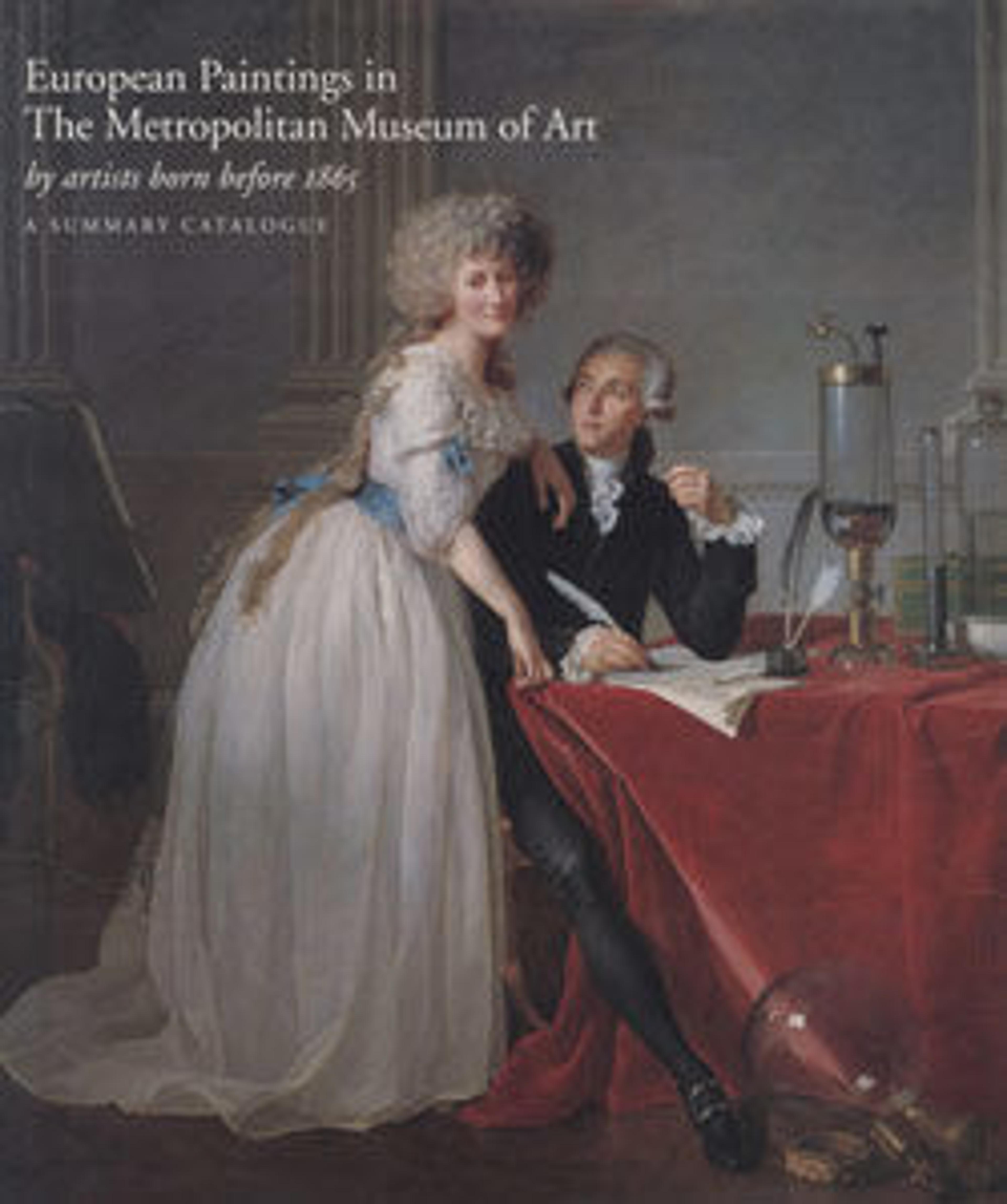Don Gaspar de Guzmán (1587–1645), Count-Duke of Olivares
The Count-Duke of Olivares was Philip IV’s powerful prime minister between 1621 and 1643. This picture is either a preliminary model or a reduced variant of a large equestrian portrait of the count-duke (Prado, Madrid), painted perhaps in celebration of a victory over the French at the border town of Fuenterrabía in 1638. In full armor and holding a baton, he is shown as a victorious commander. His horse holds a dressage position known as a levade.
The count-duke of Olivares was Philip IV’s powerful prime minister between 1621 and 1643. Around 1635, Velázquez produced a monumental, life-size portrait of him on horseback, today in the Museo del Prado, Madrid. Based on that composition, Velázquez’s son-in-law and pupil, Mazo, produced this version on a reduced scale. It is one of Mazo’s most accomplished paintings and attests to the importance of Velázquez’s workshop in solidifying political and social power through the circulation of portraits.
Artwork Details
- Title:Don Gaspar de Guzmán (1587–1645), Count-Duke of Olivares
- Artist:Juan Bautista Martínez del Mazo (Spanish, Cuenca ca. 1612–1667 Madrid)
- Date:ca. 1636 or later
- Medium:Oil on canvas
- Dimensions:50 1/4 x 41 in. (127.6 x 104.1 cm)
- Classification:Paintings
- Credit Line:Fletcher Fund, 1952
- Object Number:52.125
- Curatorial Department: European Paintings
More Artwork
Research Resources
The Met provides unparalleled resources for research and welcomes an international community of students and scholars. The Met's Open Access API is where creators and researchers can connect to the The Met collection. Open Access data and public domain images are available for unrestricted commercial and noncommercial use without permission or fee.
To request images under copyright and other restrictions, please use this Image Request form.
Feedback
We continue to research and examine historical and cultural context for objects in The Met collection. If you have comments or questions about this object record, please contact us using the form below. The Museum looks forward to receiving your comments.
